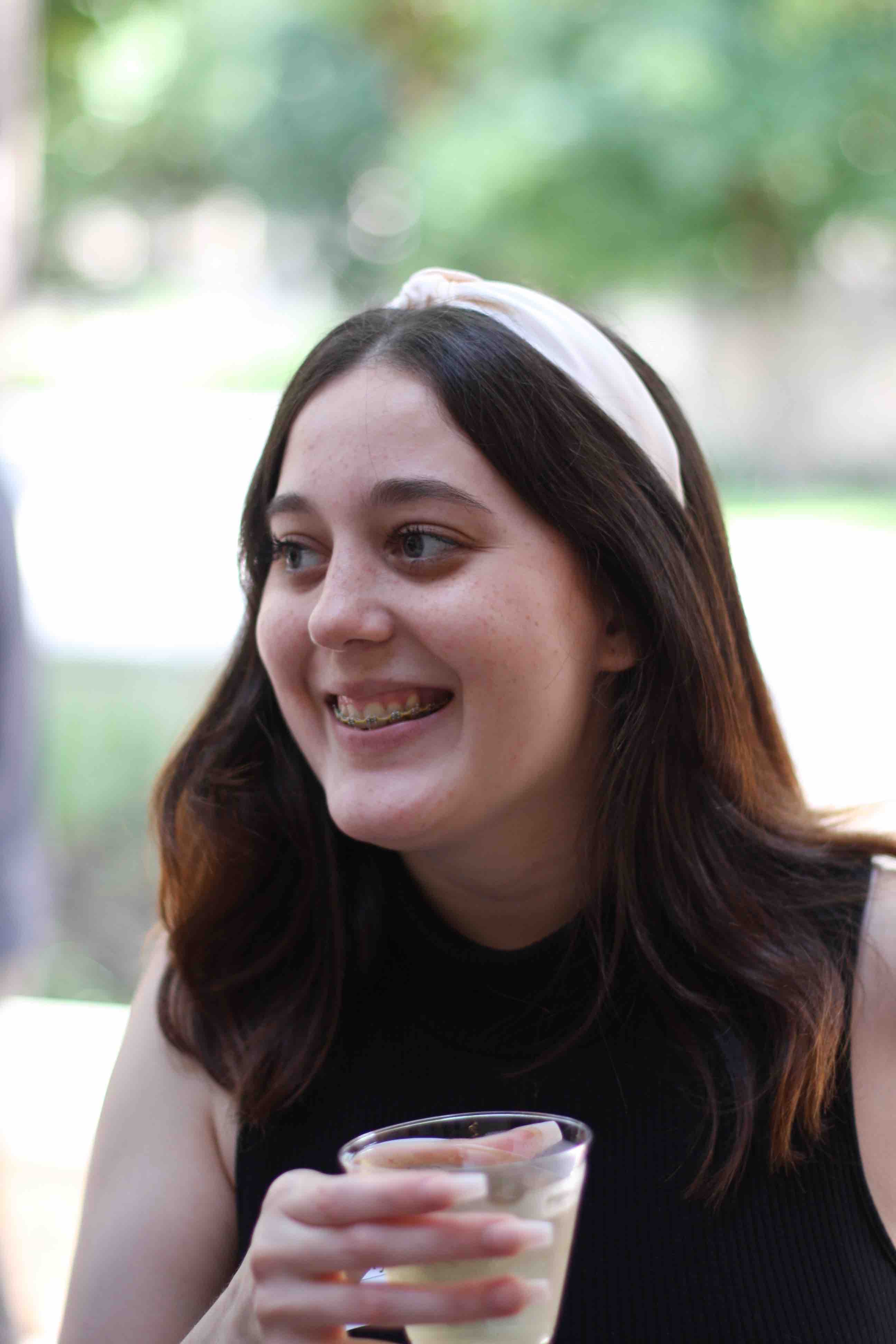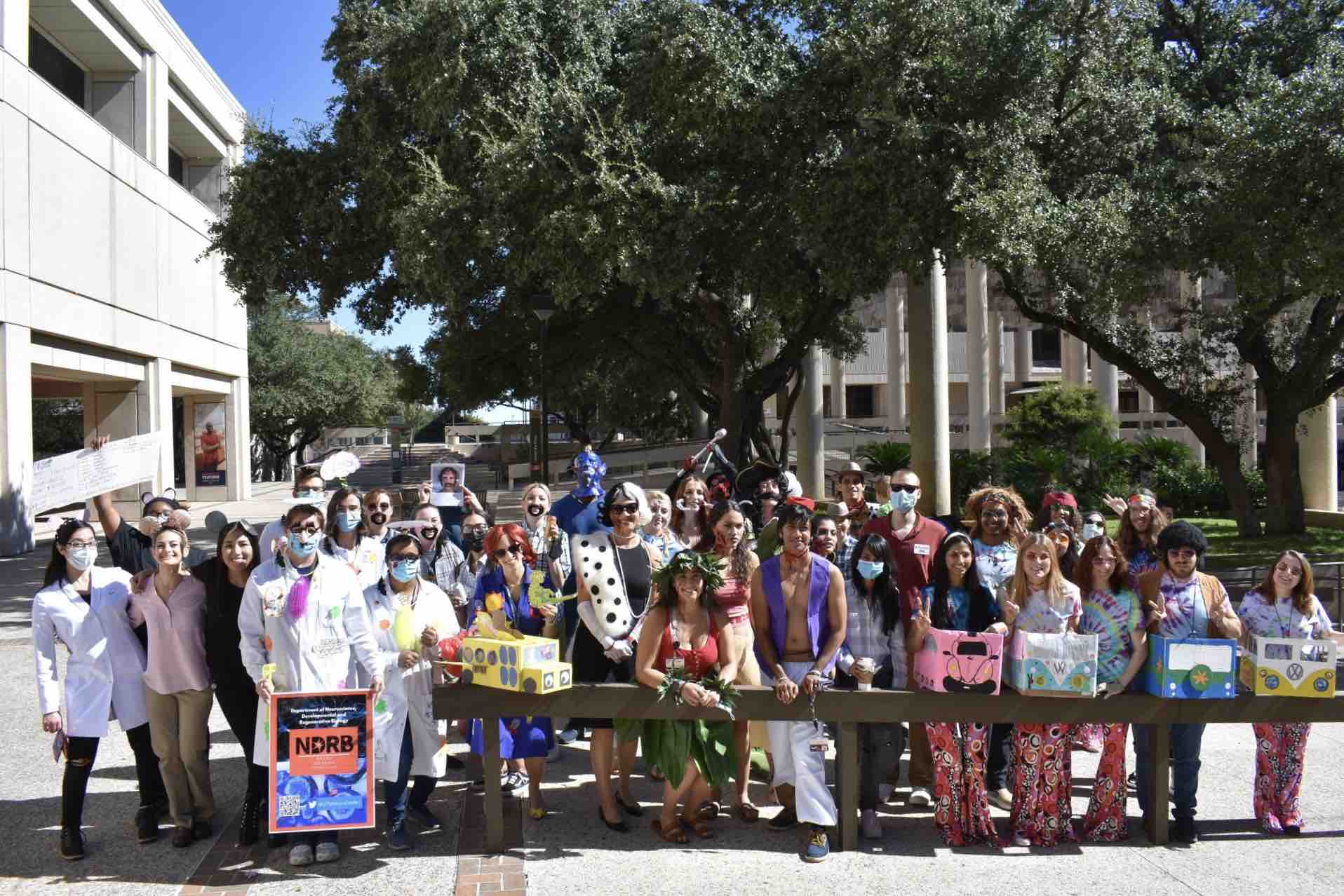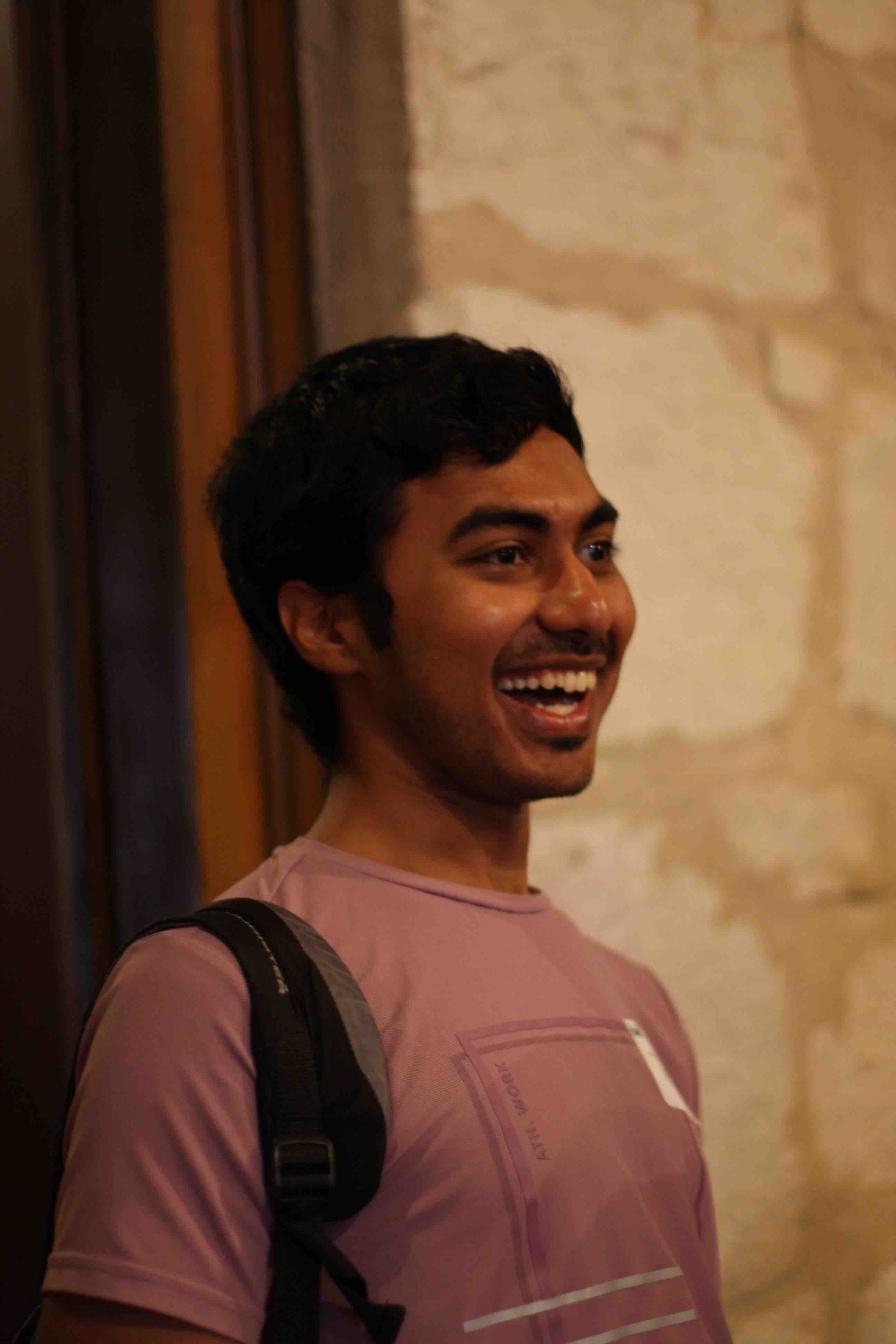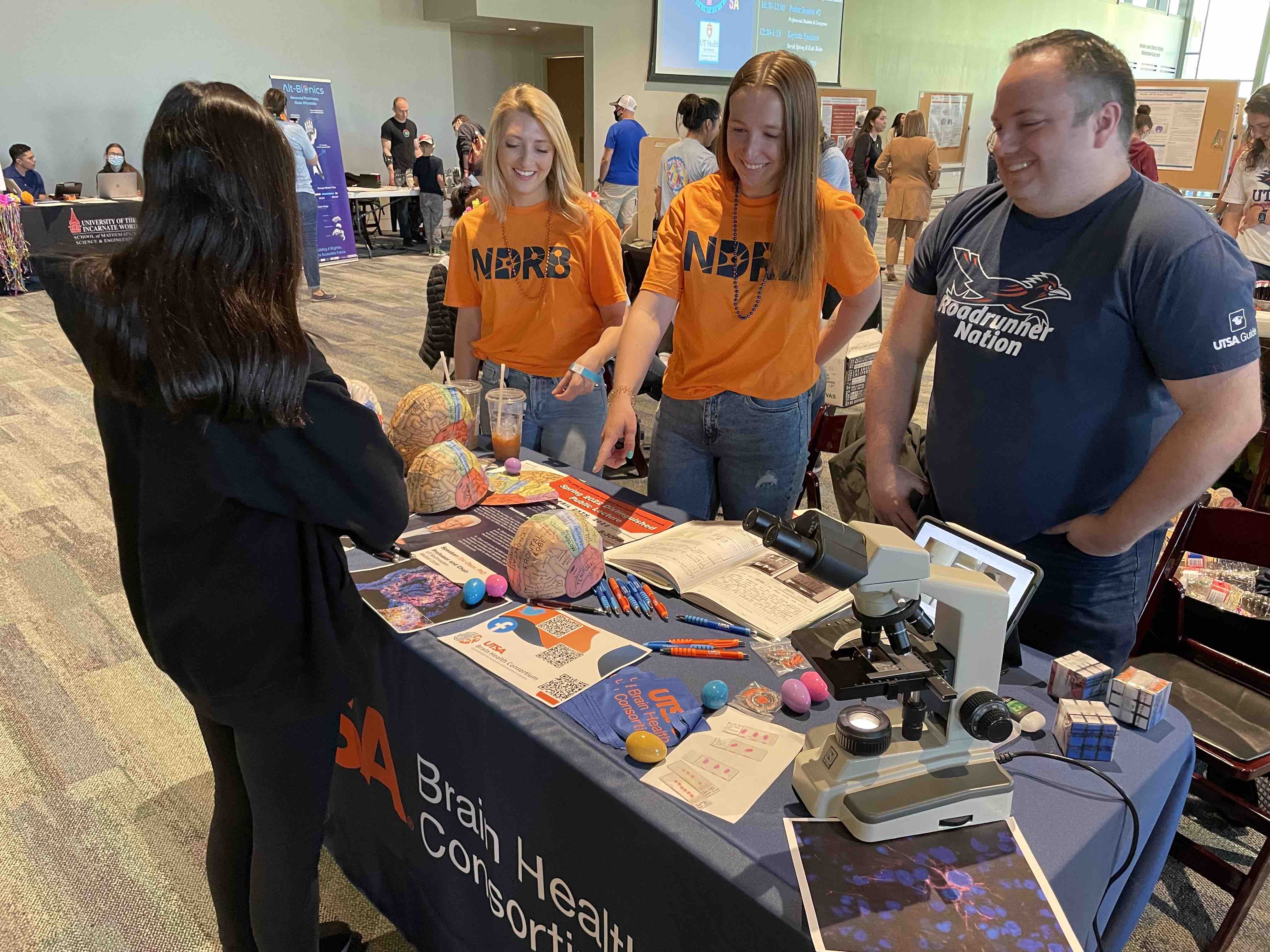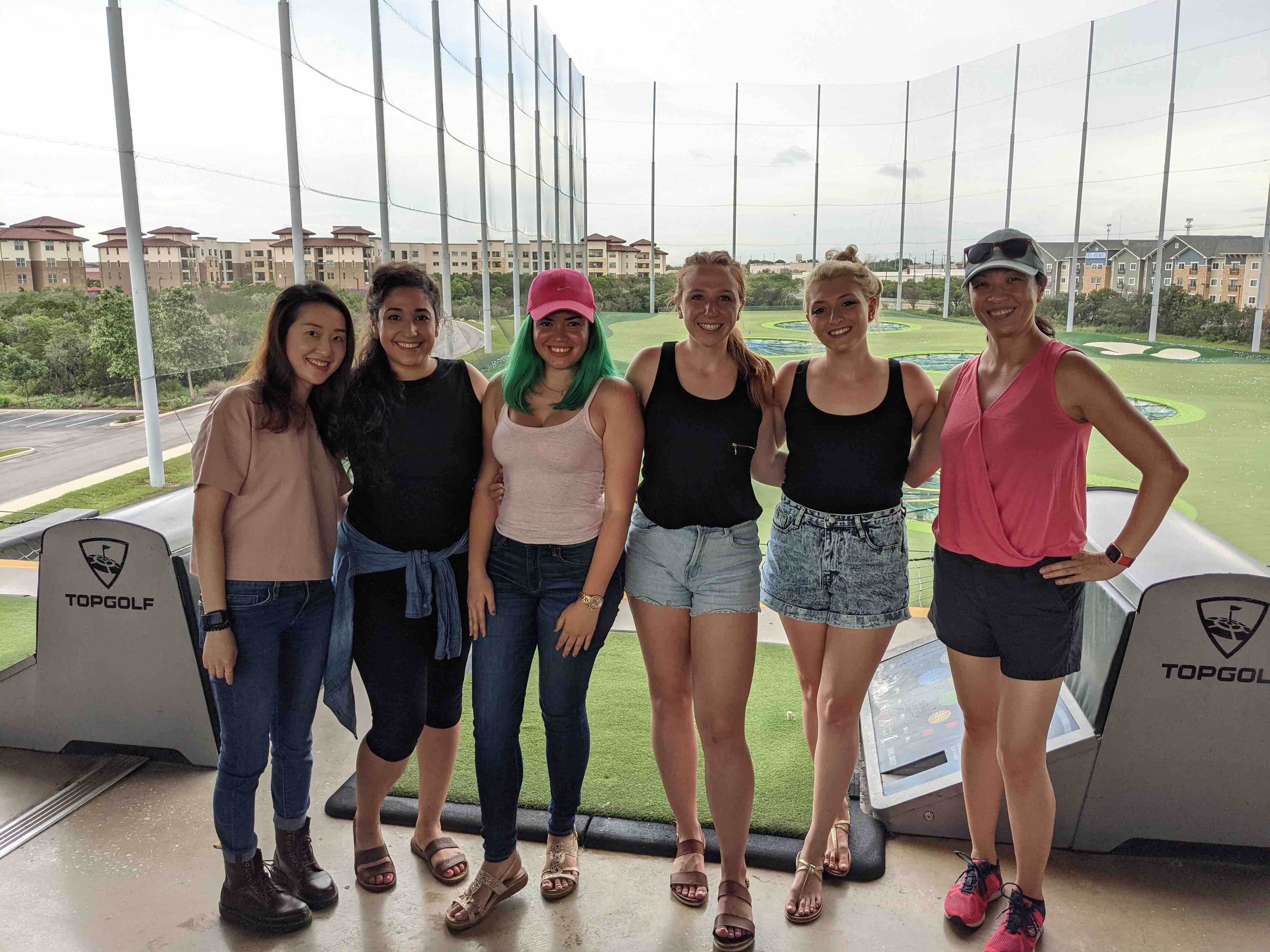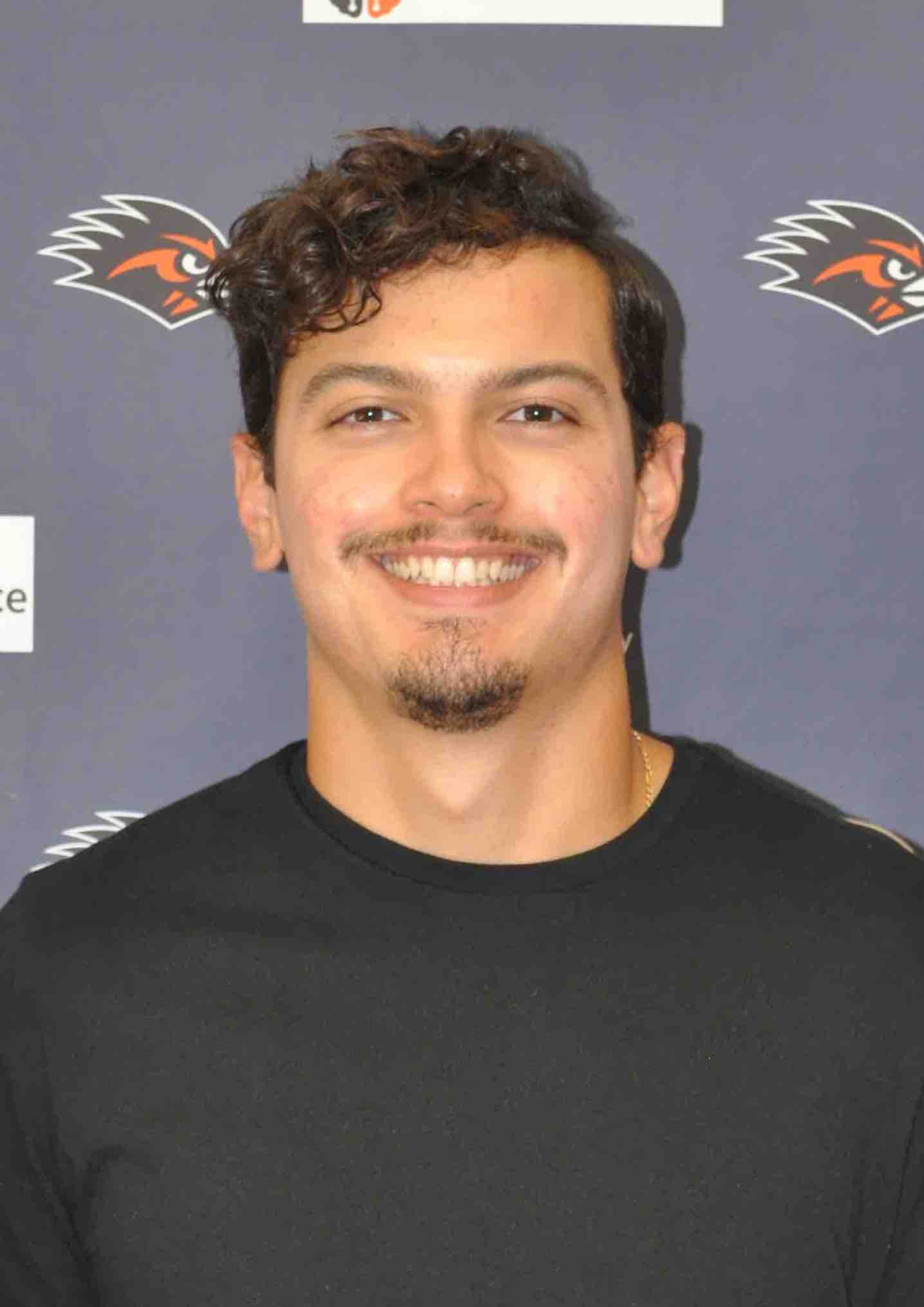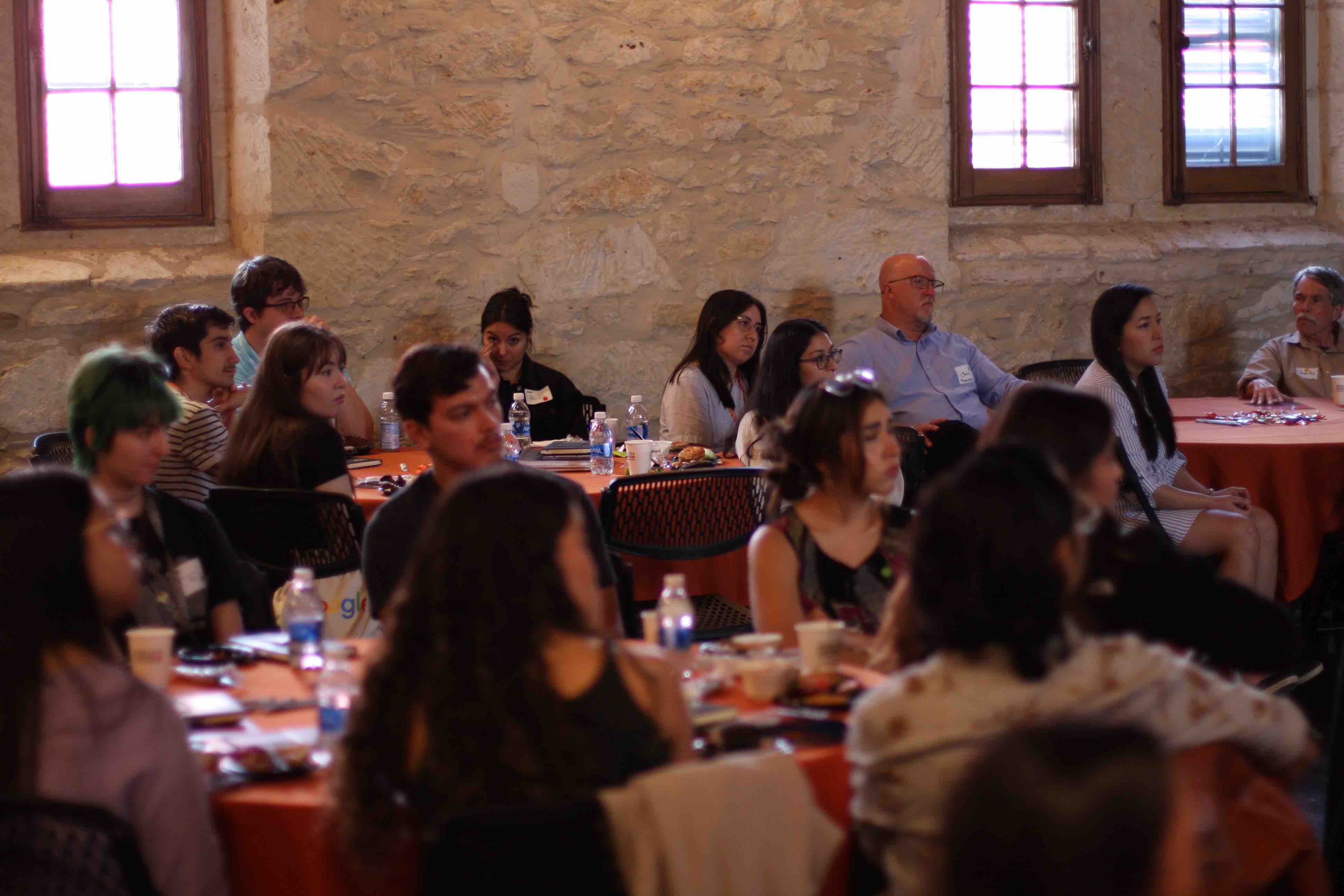
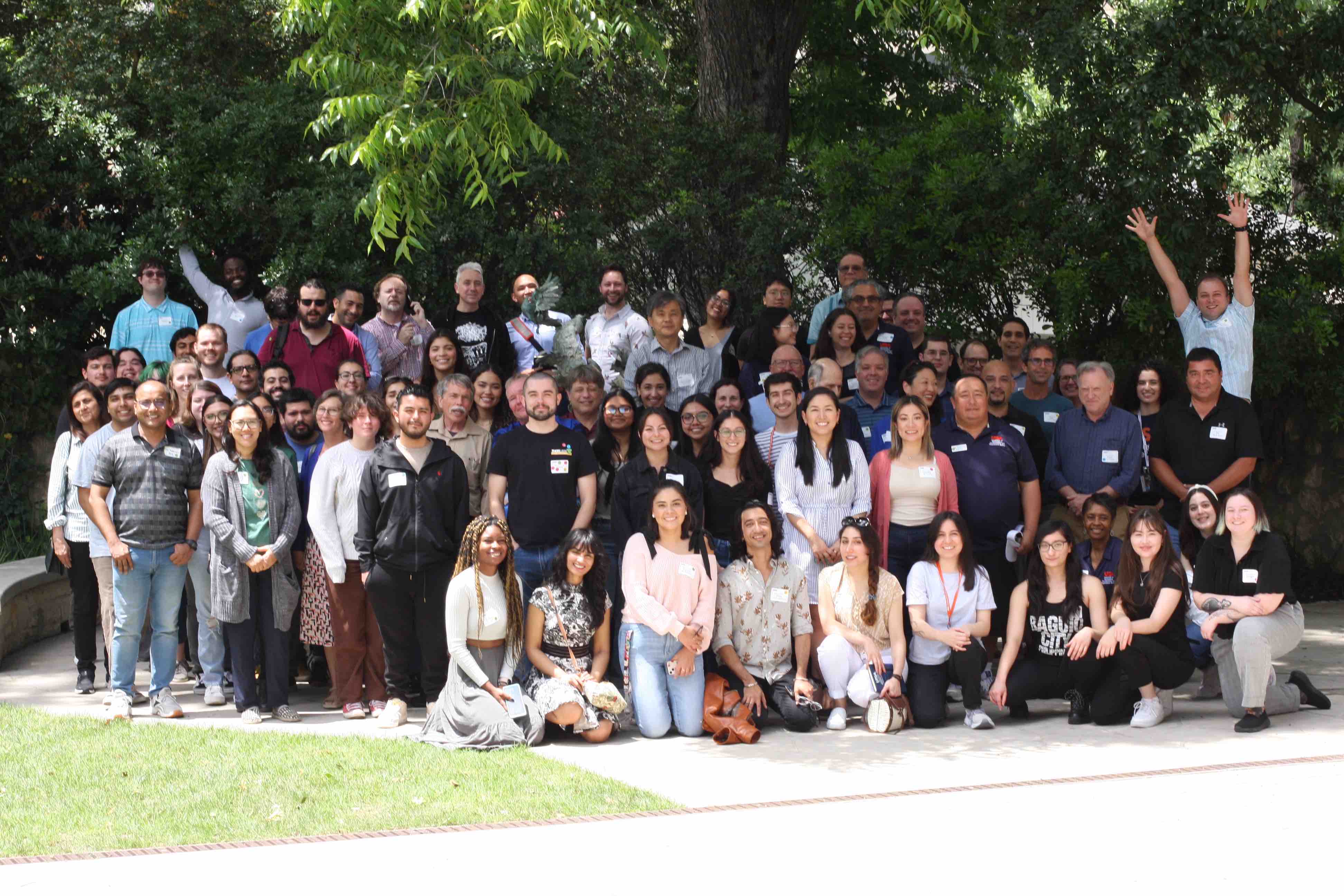
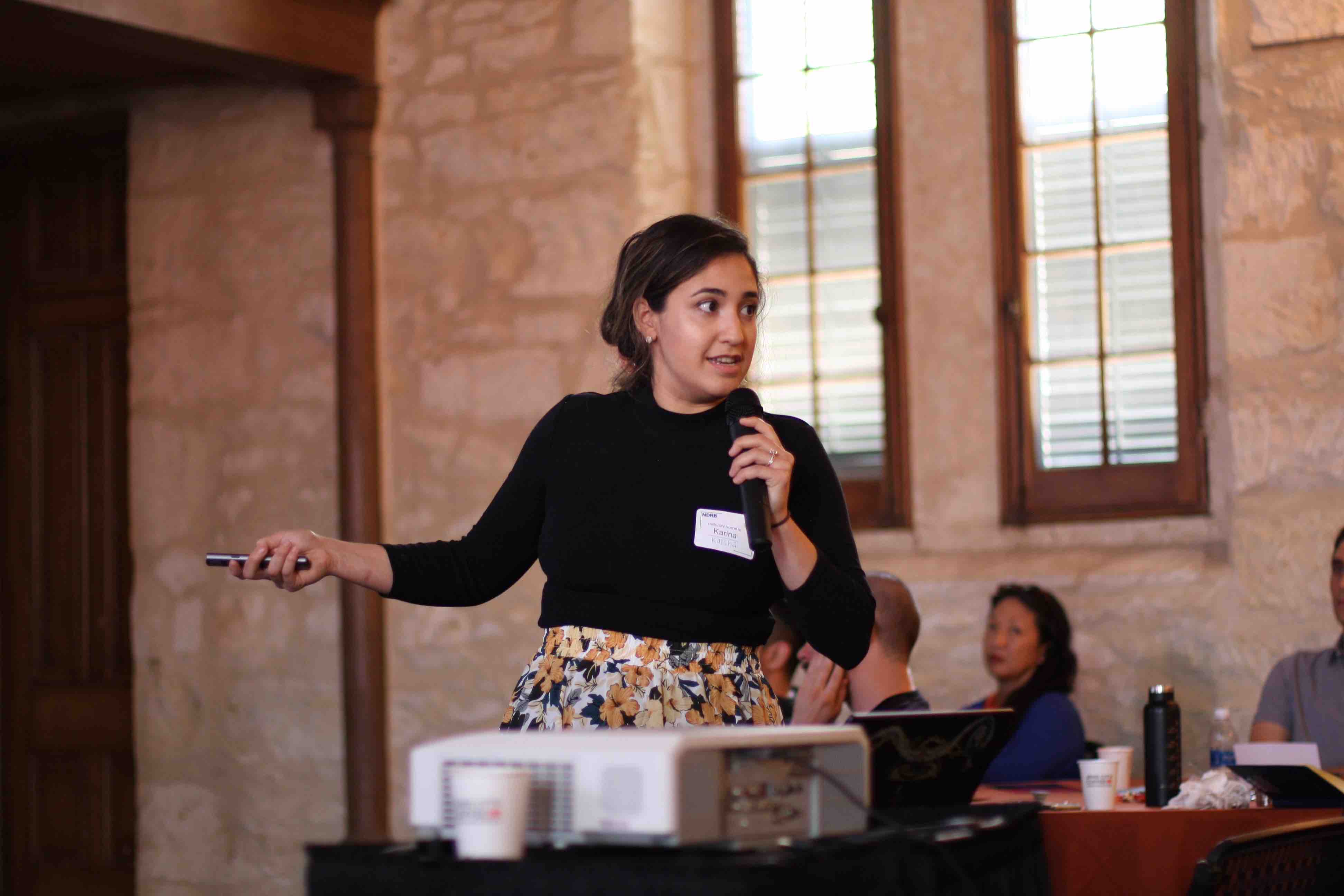
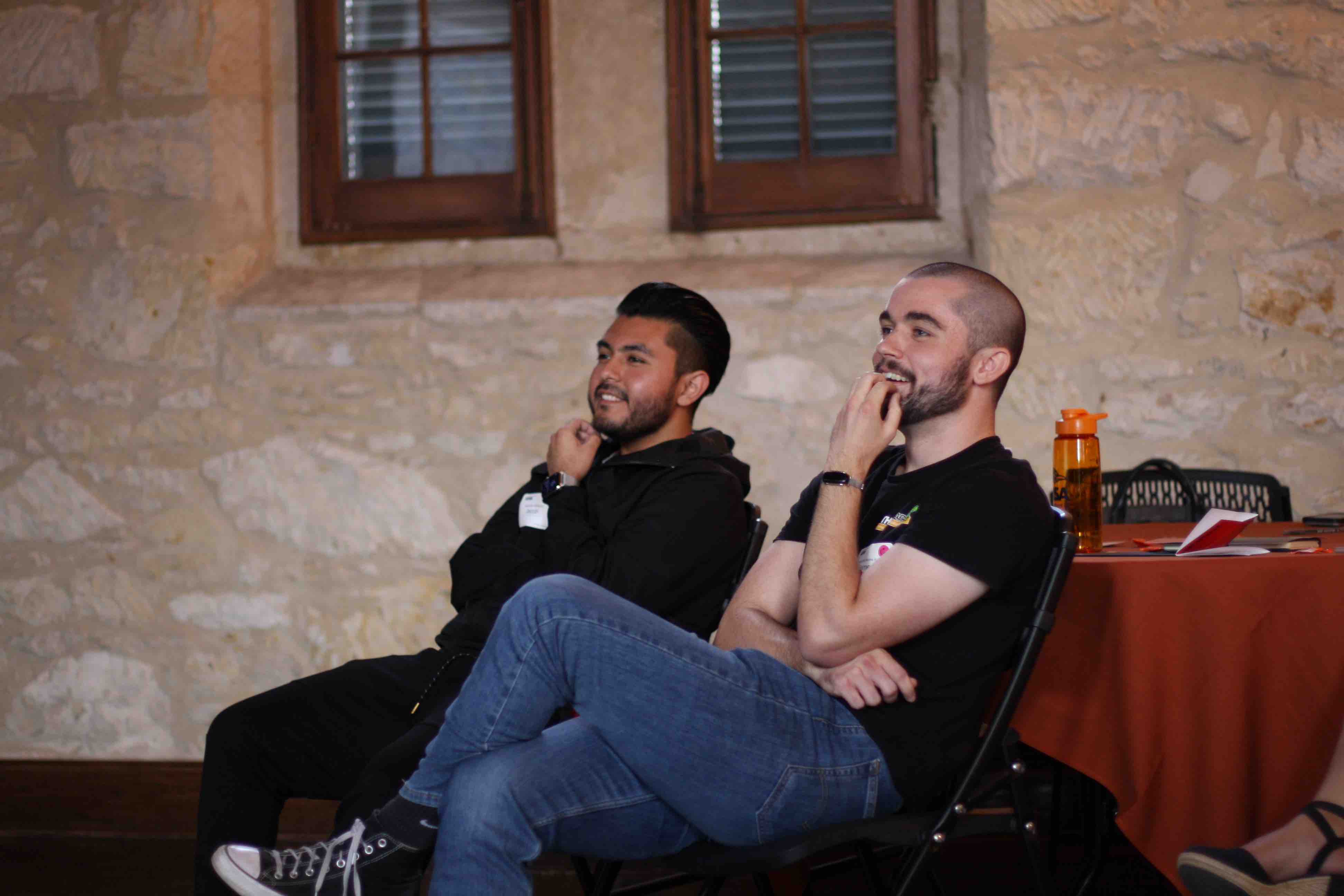
The Neuroscience PhD program at UTSA is a diverse and inclusive research community. We provide trainees with cutting-edge research opportunities and professional development to ensure that students achieve their career goals.
Neuroscience PhD Students

Antonio Allevato
Third year student - Wicha lab
Language comprehension requires high-order cognitive functioning to construct a meaningful message from rapid streams of input. The use of prediction based on sentence context allows healthy young adults to process language efficiently. Antonio’s research focuses on using electroencephalography to investigate the level of context used in dynamic listening comprehension under ideal and taxed conditions. The outcome of this research will help to determine how neuro-atypical populations evaluate and integrate linguistic information and communicate with their communities.
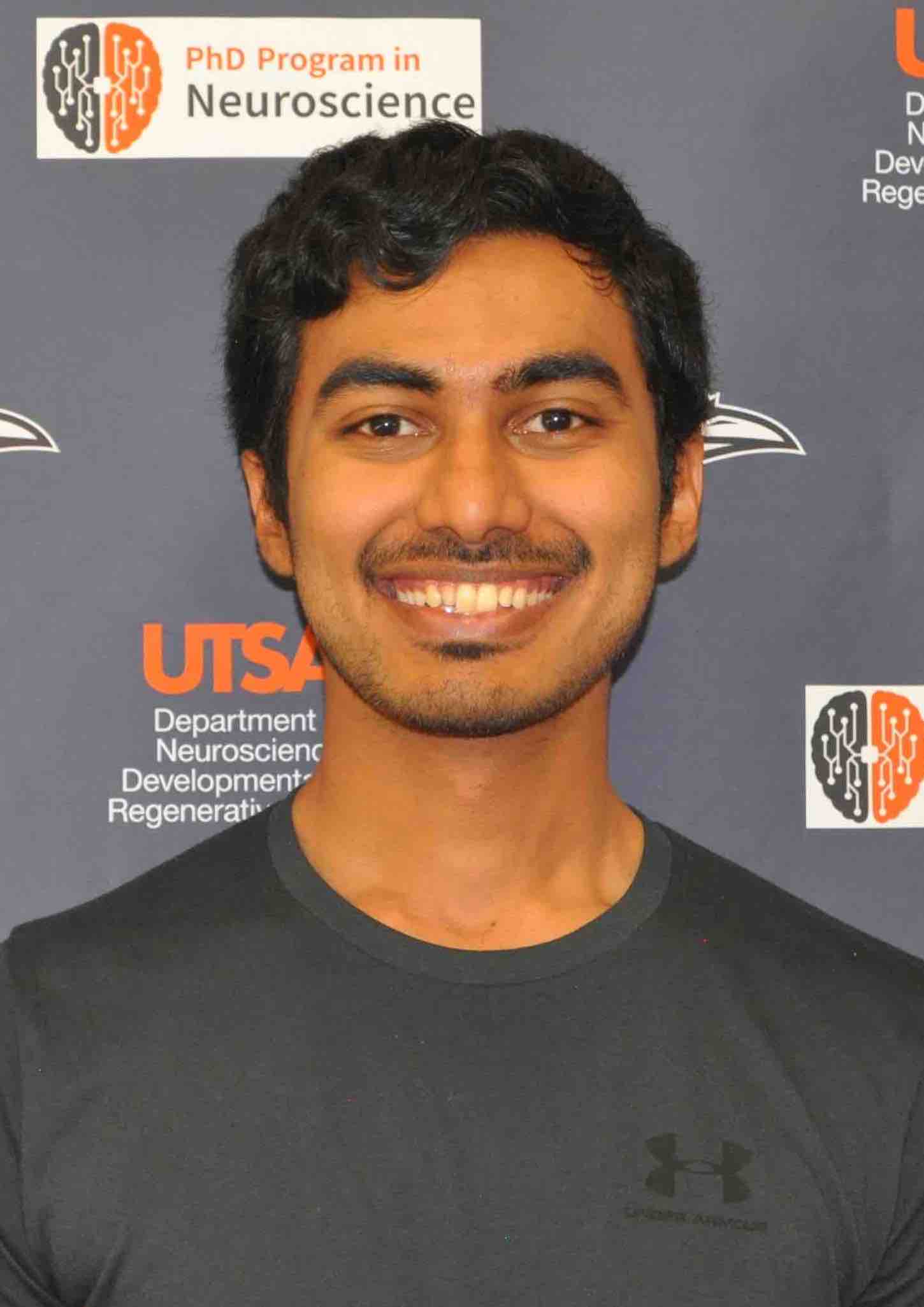
Uchit Bhaskar
Fourth year student - Carless lab
Uchit’s research focuses on the broad aspects of epigenetics, aging, and Alzheimer’s disease (AD). He is currently working in the Carless Lab to establish in vitro human cell models of aging (particularly astrocytes and microglia) that can better reflect late-onset diseases like AD. He will use this and similar existing neuronal models to help understand how changes in DNA methylation could contribute to disease progression, and how cell-cell interactions mediate these processes. Uchit is also involved in utilizing epigenetic editing strategies in stem cell-derived models of AD that could potentially be developed as a tool for ameliorating the disease burden.
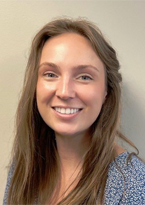
Nicole Cook
Fifth year student - Muzzio lab
Nicole is exploring cellular representations, neural dynamics, and circuits in the auditory cortex during recent and remote fear memory.

Tara Flaugher
Fourth year student - Wicha lab
Is the ability to understand language impacted after concussion? To address this question, Tara uses a mixed methods approach, featuring electroencephalography (EEG) /event related potentials (ERPs) to investigate language comprehension in adults with and without a history of concussion. Specifically, her research focuses on understanding how individuals use context and associated words when reading sentenctes. After graduation, Tara will continue to leverage her knowledge of the EEG / ERP technique and neuropsychological assessments to understand human perforamnce, as a cognitive neuroscientist at the Naval Information Warfare Center in San Diego, California.
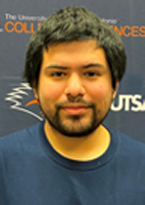
Charles Garcia
Third year student - Gamblin lab
Charles's research focuses on studying tau aggregation with the goal of creating tau structures that replicate tau structures found in Alzheimer’s Disease. Different naturally occuring free fatty acids will be utilized to induce tau aggregation. Using thioflavin fluorescence assay, laster light scattering, and electron microscopy, the impact of differing fatty acids on tau aggregation will be compared.
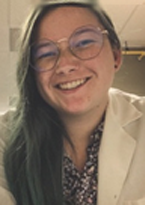
Morgan Johnston
Fourth year student - Wanat lab
Morgan’s (she/her) research focuses on how stress impacts learning, with a specific interest in corticotropin-releasing factor (CRF) and dopamine. She is also a passionate advocate for the inclusion of female subjects in neuroscience research and examines how sex and the estrous cycle affects behavior. In addition to her love of neuroscience research, Morgan is also dedicated to science communication and has her own YouTube and TikTok accounts where she strives to make neuroscience research more accessible to the public. Her primary research and professional goals are to expand what is currently known about the female brain, especially in regards to mental health, and to improve access to science education.

James Jones
Fifth year student - Wilson lab
It’s the rate and pattern of spikes by which neurons encode signals, the axons on which signals travel, and the synapse through which signals travel, and the synapse through which signals are transmitted between neurons. Synaptic networks of neurons in the basal ganglia produce stable spatiotemporal patterns of spiking which encode will, movement, sensations, and learning. The external globus pallidus (GPe) is a synaptic network of inhibitory, oscillatory neurons and an intersection of many pathways within the basal ganglia. The goal of my research is to determine how oscillating GPe neurons produce spatiotemporal patterns of spiking in the GPe through the local inhibitory network, and how signals from separate basal ganglia pathways are transformed by the GPe network.
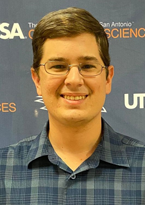
Stephen Jones
Second year student - Savelli lab
Stephen is focused on unraveling the intricate mechanisms underlying the hippocampal formation's pivotal role in spatial cognition. His primary research focus centers on unraveling the intricate roles of place cells and grid cells in the dynamic construction of mental maps that underlie our innate sense of location. Stephen integrates behavioral recordings and electrophysiological data to decode intricate neural computations involved in forming and updating the cognitive map. Additionally, he gains insights by utilizing and refining computational models of place cells to better understand the interactions between place and grid cells.

Won-Haeng Lee
Fifth year student - Lee lab
There are accumulate studies that suggest the link between brain insulin resistance and Alzheimer’s Disease (AD). However, the pathophysiological role of insulin resistance in AD is not fully understood. My research interest is to understand the cause of brain insulin resistance in AD and its contibution to disease pathogenesis in vivo and in vitro.
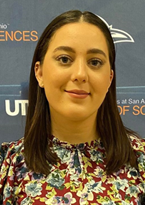
Kelly Lozano Ortiz
Second year student - Burgos-Robles lab
Kelly is interested in studying neural circuits of neurological disorders using animal models. She has experience in the use of Electrochemical Impedance Spectroscopy in modified Carbon-Fiber and Platinum microelectrodes for the detection of Neuropeptide Y. During a Post-Baccalaureate Research Experience Program at Louisiana State University - New Orleans she worked in the use of immunohistochemistry to study the correlation of Simian Immunodeficiency Virus viral loads and the accumulation of senescent cells in SIV-Infected Female Thesus macaques.

Karina Meyer-Acosta
Fifth year student - Hsieh lab
Karina’s research uses 3D brain organoids to model Sporadic Alzheimer’s Disease.
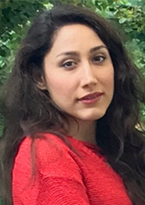
Sara Mirsadeghi
Second year student - Hsieh lab
The Hsieh lab studies mesial temporal lobe epilepsy (mTLE), the most common intractable epilepsy in adults, and genetic epilepsies, a group of rare neurodevelopmental disorder characterized by early onset seizures. In rodent models of mTLE, adult neural stem cells proliferate, migrate aberrantly, and distrupt the hippocampal circuitry, and in turn, contribute to seizure activity. In one type of genetic epilepsy, ARX is a transcription factor important for cortical development and interneuron migration, i.e., polyalanine (pAla) expansion mutation in ARX contributes to changes in both cortical and subpallial development. In these projects, Sara is going to unravel the network mechanisms underlying acquired and genetic epilepsy associated with ARX pAla mutations. She will use an integrated approach to investigate rodent and humanneurogenesis both in vitro (3D brain organoids) and in animal models utlizing electrophysiological techniques including chemogenetics/optogenetics, Ca2+ imaging, silicone probe and whole cell patch clamp recording.

Kannan Thangamani
Fifth+ year student - Zhang lab
Email • Instagram • LinkedIn • YouTube
Coxiella burnetii is an obligate intracellular Gram-negative bacterium that causes acute and chronic Q fever in humans. Neutrophils are one of the main components of our innate immune system and thus the first line of defense against invading pathogen. Neutrophils are abundant in numbers and their recruitment and activation can help in containing the pathogen as well as inflammation due to the reactive proteins in their granules. Rodent studies have shown C. burnetii can inhibit apoptosis and prolong neutrophil survival. But not a lot of studies have been done to understand the role of human neutrophils in the host defense against this pathogen. I study how C. burnetii infects and affects the cellular process such as apoptosis and autophagy in human neutrophills. As an aspiring science communicator, I am in the process of breaking down barriers between scientists and the common public. First step being explaining complex scientific topics in a more relatable and understandable way through my TikTok (English) and secondly, the neurobiology behind everyday events via my YouTube channel in my native language Tamil.

Ryan Wood
Fourth year student - Macpherson lab
Recent Alumni
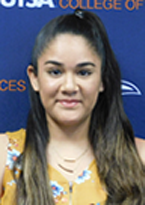
Vanessa Cerda, PhD
Mentor: Nicole Wicha, PhD
Funding: National Institutes of Health - F99/K00 NS124178
Dissertation: Two Times Four = Dos Por Cuatro (Summer 2022)
Current Employment: Postdoc, Booth Lab, Vanderbilt
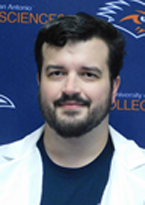
Bryan Fowler, PhD
Mentor: Lindsey Macpherson, PhD
Dissertation: A Modest Petrosal: Elucidating Function and Molecular Identity in the Understudied Peripheral Taste Ganglion (Summer 2022)
Current Employment: Postdoc, Macpherson Lab, UTSA

Celia Gagliardi, PhD
Mentor: Isabel Muzzio, PhD
Dissertation: Neural Mechanisms of Spatial Reorientation: How We Regain Our Bearings When Lost (Summer 2023)
Current Employment: Postdoc, Muzzio Lab, Iowa
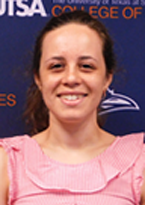
Amandine Grenier, PhD
Mentor: Nicole Wicha, PhD
Dissertation: The meaning of Multiplication: Electrophysiological Evidence of Semantic Memory Access and Organization in Children (Spring 2022)
Current Employment: Postdoc, Wicha Lab, UTSA
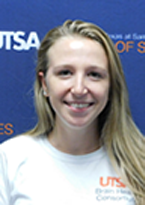
Erin Hurley, PhD
Mentor: Jenny Hsieh, PhD
Dissertation: Not(ch) Just Development: Role of Notch Signaling in Neurodegeneration (Fall 2022)
Current Employment: Postdoc, Hsieh Lab, UTSA
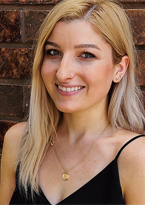
Merridee Lefner, PhD
Mentor: Matt Wanat, PhD
Funding: MindScience Foundation
Dissertation: The Neural Correlates of Acquiring and Updating Reward Value (Fall 2021)
Current Employment: Postdoc, Moghaddam Lab, Oregon Health Sciences University
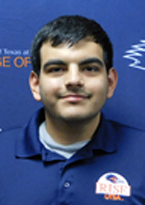
Matthew Lopez, PhD
Mentor: Isabel Muzzio, PhD
Dissertation: Memory Consolidation: How Reliable are our Memories (Summer 2023)
Current Employment: Postdoc, Choi Lab, Mayo Clinic
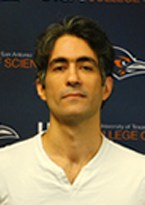
Bahram Pahlavan, PhD
Mentor: Fidel Santamaria, PhD
Dissertation: The ghost inside the machine: Intrinsic excitability modulates neuronoal function and synaptic integration (Summer 2020)
Current Employment: Postdoc, Santamaria Lab, UTSA

Jessica Perkins, PhD
Mentors: Carlos Paladini, PhD and Charlie Wilson, PhD
Dissertation: Distinct Subthreshold Signatures of Midbrain Dopamine Neurons Drive Firing Patterns during Noxious Events (Fall 2021)
Current Employment: Postdoc, Khaliq Lab, National Institutes of Health
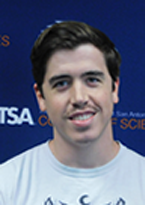
Matthew Wood, PhD
Mentor: Nicole Wicha, PhD
Dissertation: Challenging the Gold Standard in Lifespan Cognition Neuroscience: Electrophysiological Studies of How We Do Arithmetic as We Grow and Comprehend Sentences as We Age (Spring 2022)
Current Employment: Data scientist for Northside Independent School District
Student life and outreach
The graduate school experience isn't only about research. Students in the program have fun at UTSA, socialize outside of the lab, and volunteer within the community.
